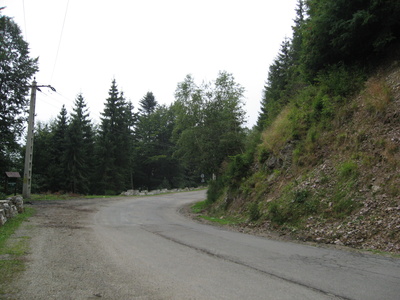
When your car shakes while you’re driving, it’s time to have it checked out. This is an annoying, unnerving, often frightening and possibly hazardous condition that probably won’t go away by itself. The steering and suspension systems of your car are composed of many working, moving parts that can get damaged or worn out. Some of the fixes are simple; others require more time to diagnose and money to repair.
Worn-out shock absorbers can cause a vehicle to clunk, shudder or vibrate. The function of the shock absorbers is to assist in handling, to make the ride more comfortable for the passengers and to ultimately keep a vehicle from rattling apart. When driving around a curve, if the shock absorber that is not bearing as much weight is weak, it will bounce and shake more. Many shock absorber manufacturers recommend replacement at 50,000 miles.
A simple cause for a potentially dangerous condition might be that a wheel is loose. A number of lug nuts hold the wheel in place. Lug nuts may be loose because they haven't been tightened to the correct torque. Or, if the wheel has been on and off the car many times because the tires have been changed or rotated frequently, the lug nut stud can become weak and can stretch.
The Constant Velocity (CV) joints connect each end of a shaft to the wheels allowing the shaft to turn. Both are enclosed in permanently lubricated black rubber boots, which are ribbed so that they can flex. You cannot see the actual joint by looking at it because it is covered by the boot, but it consists of metal rings embedded with ball bearings. One CV joint connects to each wheel. (An example of how they work is to think of your forearm as the shaft and your hand as the wheel. To make turns, the CV joint moves like your wrist does.) When worn, it doesn’t operate smoothly, so when you turn the wheel, it binds. Accelerating around a curve, you might feel a vibration or hear a click when a CV joint is worn out.
Tie rod ends secure steering linkage to the car’s frame. A tie rod end looks like a metal shaft with a bulb on the end that creates the connection. Older model vehicles have tie rod ends that may become dysfunctional at 1,000 miles or 100,000 miles depending upon driving conditions (cold weather, driving through potholes and salt on roads that cause them to wear out more quickly). Older vehicles have grease fittings for the tie rod ends, which are maintained at tune ups. Late model vehicles' tie rod ends are encased in a sealed lubricant “boot” container that keeps them pliable and thus, viable for a longer period of time, so they rarely require replacement. Worn tie rods do make a vehicle shake.
An out-of-round tire (one that has warped and become egg-shaped from sitting too long in one spot) may cause wobble that could occur around curves or moving straight ahead.